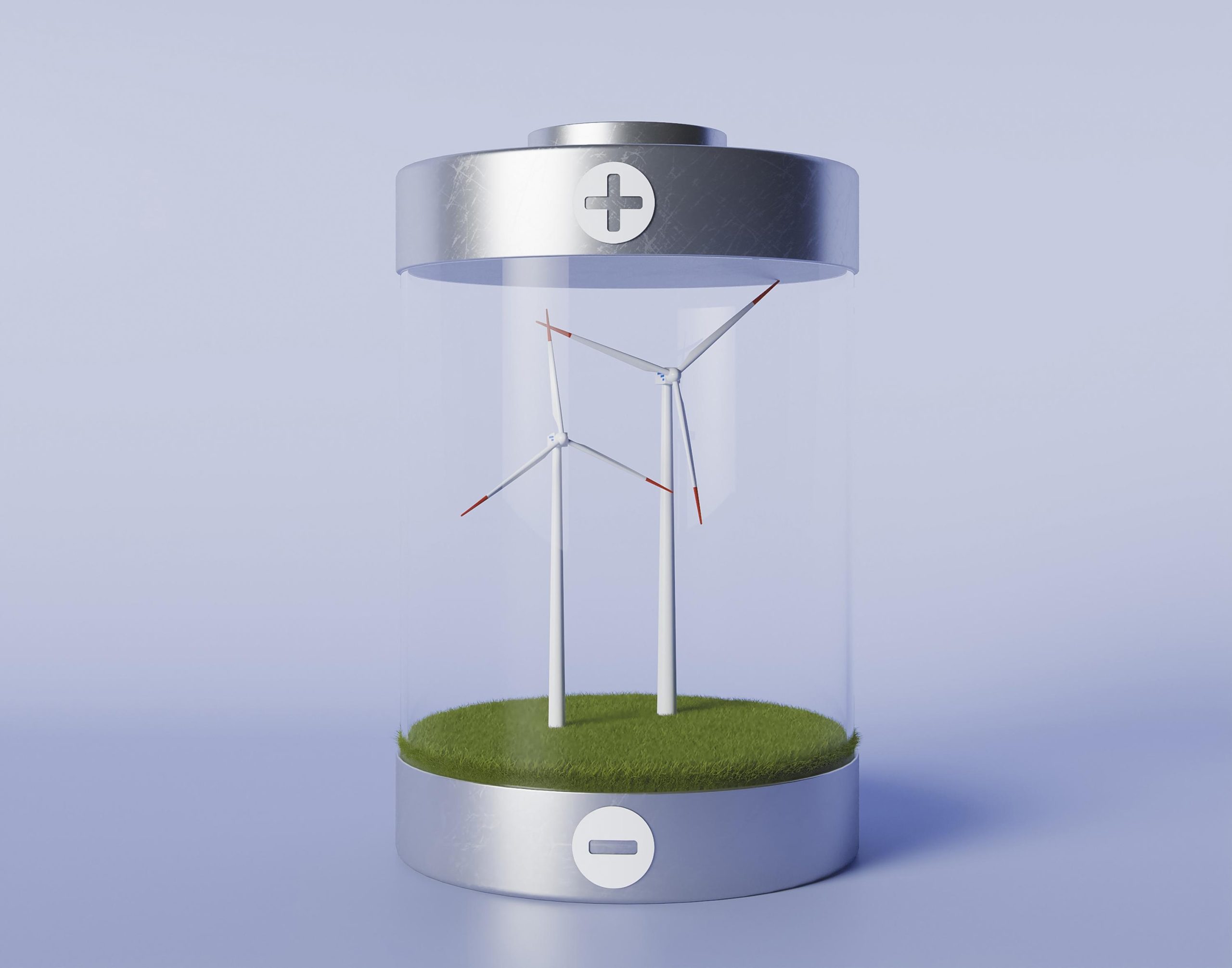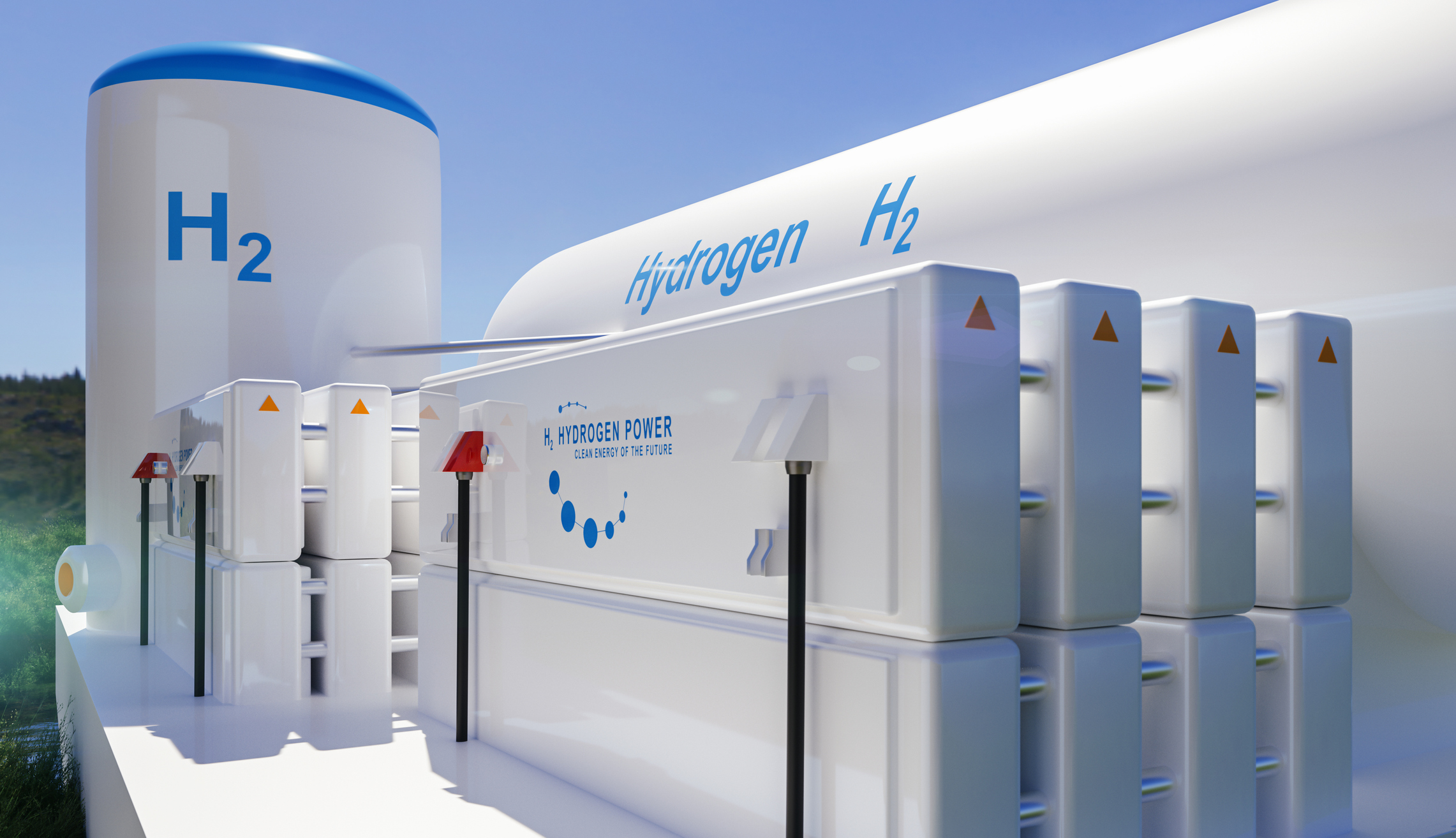
Alongside renewable energy development solutions, the utilization of energy-saving, efficient, and low-carbon emission electricity sources such as green hydrogen and its derivatives has garnered significant global attention and high expectations. This is a crucial solution in the energy transition journey as well as for reducing emissions in various industrial sectors.

Green hydrogen is a clean fuel produced from water electrolysis technology and renewable energy, contributing to emission reduction goals and economic development. According to experts, green hydrogen is expected to be used in industries already utilizing gray or brown hydrogen fuels, including oil and gas, chemicals, steel production, and particularly in transportation.
While the production and use of green hydrogen are still emerging fields in Vietnam, this topic is increasingly attracting market attention.
1. Demand for hydrogen usage in Vietnam
In Vietnam, hydrogen is currently a feedstock for production in several industrial sectors, with the most significant usage in oil refining, chemicals, fertilizer production, and steelmaking. In 2020, according to assessments by the Institute of Petroleum Research, fertilizer production plants consumed about 316,000 tons of hydrogen, while the Dung Quat and Nghi Son oil refineries consumed 39,000 tons and 139,000 tons per year, respectively. Currently, many countries worldwide, such as Japan, South Korea, and China, have announced specific green hydrogen development strategies in the medium and long term as a solution to reduce emissions and mitigate global warming impacts.
According to research results from the Energy Institute (calculating green hydrogen demand), the demand for green hydrogen for developing various economic sectors in Vietnam is significant. However, the current production and application technology of green hydrogen are not yet perfected and have plenty of room for development. Therefore, the demand for green hydrogen will change depending on the development of production technology, storage infrastructure, usage, and distribution.
2. Potential for hydrogen development in Vietnam
Vietnam has early recognition of the profound impacts of climate change, leading to efforts through commitments to achieve net-zero emissions by 2050 at COP26 and continuously increasing solar and wind energy capacities. Additionally, it has announced fair energy transition partnerships worth $15.5 billion with an international partner alliance (JETP) and representatives from several other countries.
Industries related to hydrogen in Vietnam currently and with strong potential for future development include oil refining, fertilizer production, electricity generation, transportation, steel, cement, etc.
Clean hydrogen resources: wind power (onshore, offshore), solar energy.
The government and state have specific goals, roadmaps, and policies for hydrogen development, such as Resolution NQ-55/TW (2020), NDC (2020), Decision 876/QD-TTg (2022), Decision 888/QD-TTg (2022), Decision 896/QD-TTg (2022), Decision No. 28/QD-TTg (2022), Power Development Plan 8 (PDP8), NEP, etc.

3. Challenges in green hydrogen production
Although there is significant potential for development, achieving desired production levels quickly and replacing current fossil fuel sources is not an easy path.
Firstly, infrastructure: To achieve economic efficiency, Vietnam will need to build large-scale electrolysis plants and other infrastructure to serve the production, storage, distribution, and use of green hydrogen (logistics platforms, ports, vessels, pipelines, etc.).
Secondly, substantial investment, high costs: Production of hydrogen, in general, and green hydrogen, in particular, requires more energy than other fuel types, making it much more expensive. Analysts estimate that green hydrogen prices need to halve to compete with gasoline and diesel.

Thirdly, environmental risks related to residuals: Coastal countries operate based on desalination plants, but they pose many environmental risks related to residuals during production.
Fourthly, specific transportation requirements: According to IRENA, by 2050, 50% of green hydrogen transactions will be transported via pipelines, where part of it currently used to transport natural gas will need to be converted for functionality. At distances exceeding 3,000 km, green hydrogen can be transported in liquefied form, requiring much lower temperatures than natural gas (-250°C compared to -160°C) or in ammonia form.
Fifthly, safety assurance: This is also a concern because hydrogen is a volatile and flammable element. Therefore, stringent safety measures are necessary to prevent leaks and explosions.





